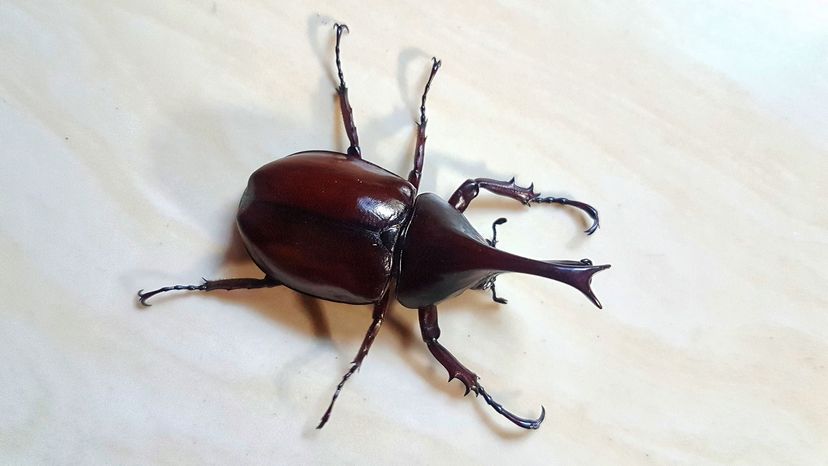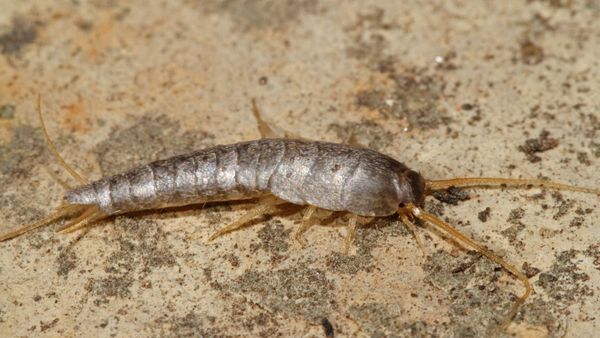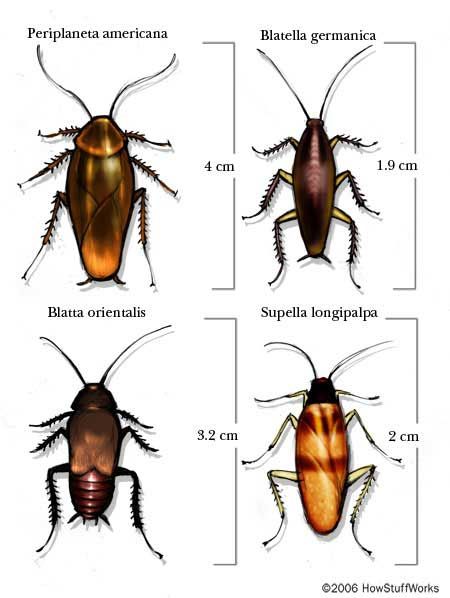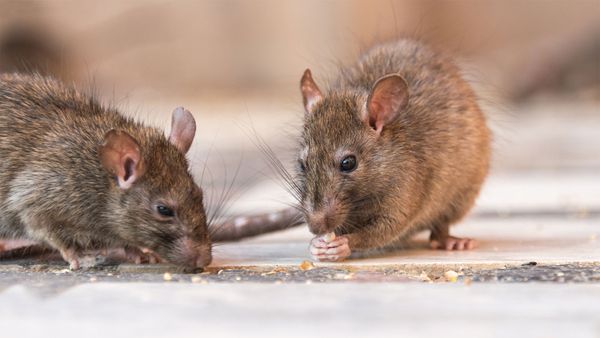To tackle a weevil infestation, you must first correctly identify the specific type of weevil in your home. The most common types of weevils include:
Rice Weevil (Sitophilus oryzae)
A major pest of stored grain, the rice weevil is known for its ability to damage stored grains like rice, wheat, and corn. They are small, dark-colored beetles with a long snout and four light-colored spots on their backs.
Granary Weevil (Sitophilus granarius)
Similar to rice weevils, granary weevils also infest grains. They differ in that they cannot fly and are slightly larger. These pests are particularly harmful to stored dry food products like wheat, oats, rye, barley, rice, and corn.
Maize Weevil (Sitophilus zeamais)
Very similar to rice weevils, maize weevils are slightly larger and predominantly infest stored corn. They are also known to infest other grains and have a worldwide distribution.
Bean Weevil (Acanthoscelides obtectus)
Despite its name, the bean weevil is not a true weevil but a member of the leaf beetle family. It primarily infests dried beans and other legumes, causing significant damage.
Black Vine Weevil (Otiorhynchus sulcatus)
Similar to vine weevils, these pests are known for attacking ornamental plants as well as fruits like blueberries.
There are other common types, including the wheat weevil and the rose weevil. Each type has its unique characteristics and preferred habitat, but they all share the common trait of being potentially damaging to crops, stored foods, and garden plants.



